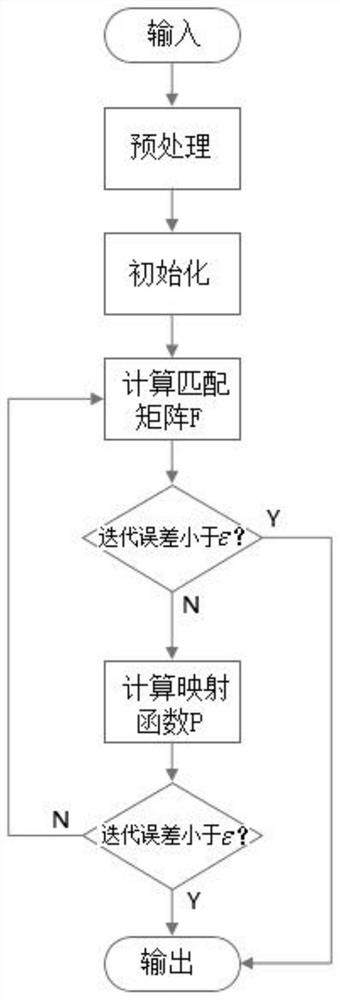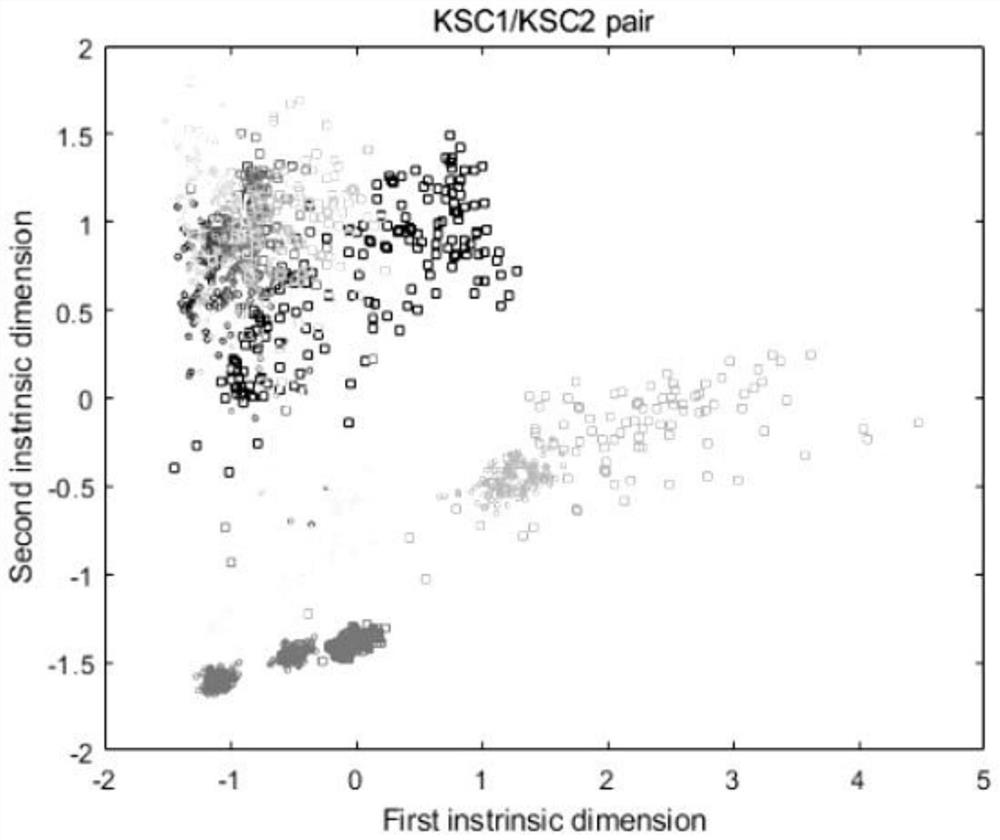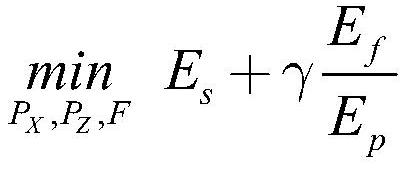Domain Adaptive Remote Sensing Image Classification Algorithm Based on Unsupervised Manifold Alignment
A domain-adaptive, remote sensing image technology, applied in computing, computer parts, instruments, etc., can solve the problems of time-consuming and laborious manual labeling, inability to effectively meet the classification accuracy, lack of remote sensing image data, etc. Effect
- Summary
- Abstract
- Description
- Claims
- Application Information
AI Technical Summary
Problems solved by technology
Method used
Image
Examples
Embodiment Construction
[0029] The technical solutions of the present invention will be further described in detail below in conjunction with examples.
[0030] Such as figure 1 As shown, it is a schematic diagram of the overall flow of the domain adaptive remote sensing image classification algorithm based on unsupervised manifold alignment of the present invention. Specific steps are as follows:
[0031] Step 1. Perform preprocessing including normalization and pixel-by-pixel information reordering on the remote sensing data set, in which global protection rather than local protection is adopted for the data manifold; the specific process is: for the source domain data X and the target Domain data Z, constructing the overall data manifold instead of the local data manifold, the data points in the source domain (or target domain) are established by establishing a global edge weight connection graph, each point is connected to the nearest few points around, and Assign weights to each edge;
[0032...
PUM
 Login to View More
Login to View More Abstract
Description
Claims
Application Information
 Login to View More
Login to View More - R&D
- Intellectual Property
- Life Sciences
- Materials
- Tech Scout
- Unparalleled Data Quality
- Higher Quality Content
- 60% Fewer Hallucinations
Browse by: Latest US Patents, China's latest patents, Technical Efficacy Thesaurus, Application Domain, Technology Topic, Popular Technical Reports.
© 2025 PatSnap. All rights reserved.Legal|Privacy policy|Modern Slavery Act Transparency Statement|Sitemap|About US| Contact US: help@patsnap.com



